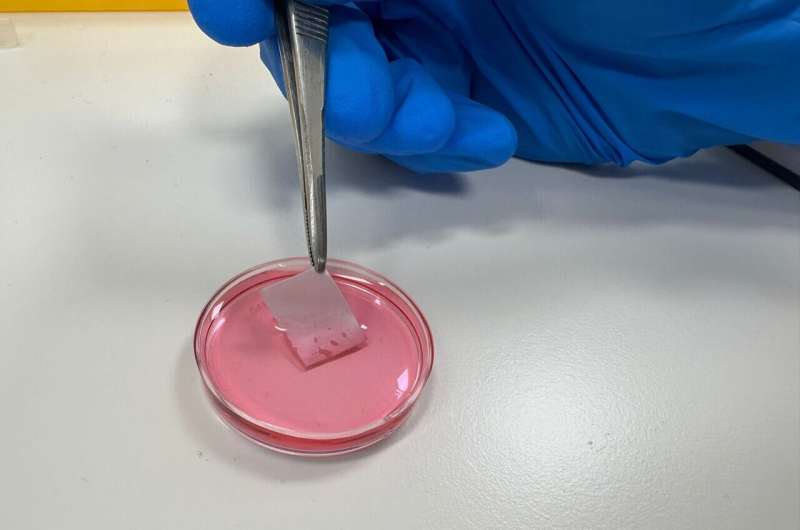In a full-thickness wound model, it achieved wound closure in half the time of standard therapies. This pioneering study was driven by the ongoing war and the surge in severe burn injuries, which underscored the urgent need for better treatment solutions.
The paper was published in the journal Advanced Functional Materials.
“Surgical intervention is often essential for second-degree burns and above to restore skin, prevent infection, and save lives,” explains Prof. Lihi Adler-Abramovich. “The current gold-standard treatment is ‘autologous skin grafting,’ in which healthy skin is harvested from another area of the patient’s body and transplanted onto the burn site.
“However, this approach has significant disadvantages, in particular the need to damage healthy tissue in order to treat the injury. This becomes especially problematic in cases of extensive burns, where the availability of intact skin is limited.

